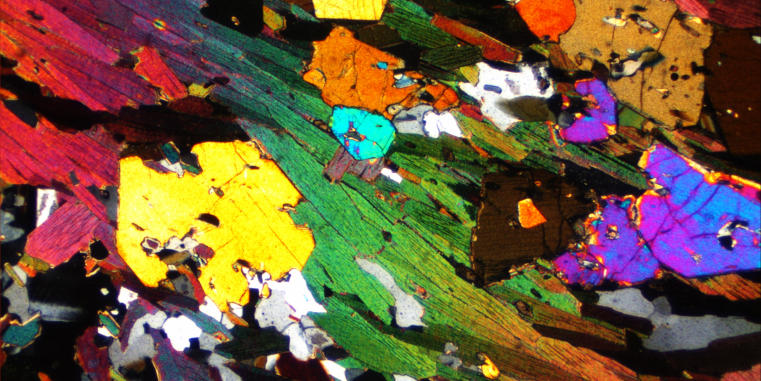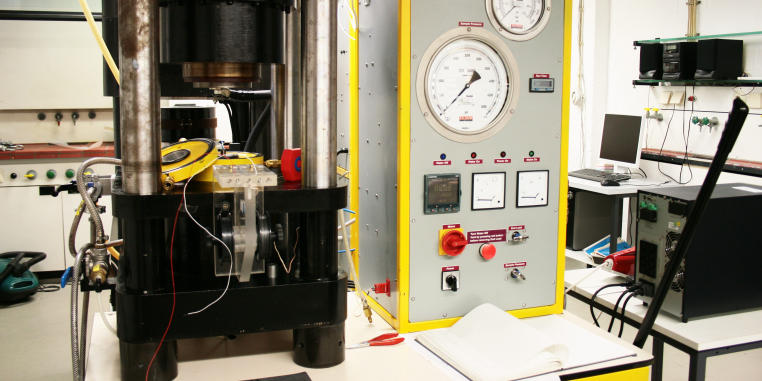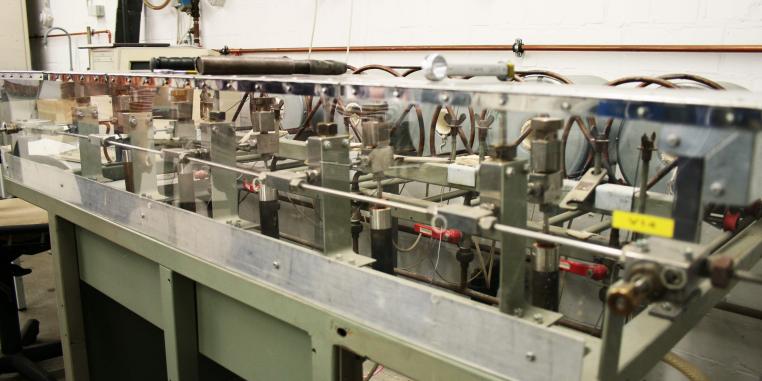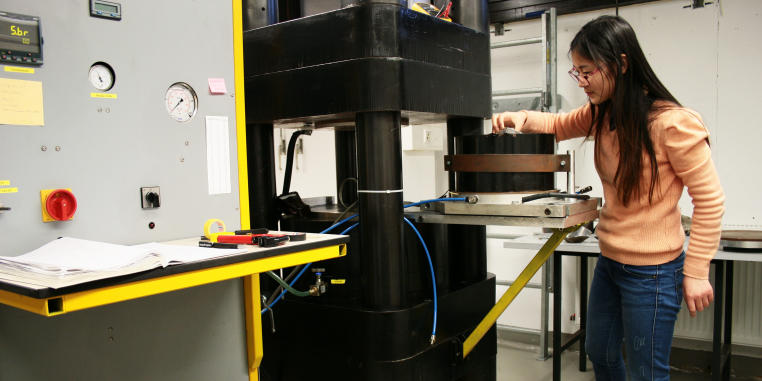









Our work is focused on experimental studies relevant to the Earth’s interior, with primary focus on behaviour of trace elements and their isotopes in metamorphic and igneous rocks. Other projects are related to melting and mineral stabilities in the deep Earth. We also investigate the behaviour of trace elements in super-critical fluids, a project which is closely linked with the synchrotron facilities at PETRA III in Hamburg. Additional projects are related to the behavior of volatile elements (e.g. carbon, water or the halogens) in the upper mantle. Previously, we also worked on projects related to materials science such as high-pressure phase stability of perovskite and related mineral phases. Some of these experiments were done in cooperation with scientists at CSEC at the University of Edinburgh.
The experimental equipment (see pictures above) we use in our group consists of two piston cylinder apparatus, a Walker-type multi-anvil apparatus, several cold seal hydrothermal devices, low-pressure hydrothermal autoclaves and four high-temperature furnaces with gas-mixing capabilities. Using this equipment we are able to simulate chemical and physical processes from the Earth’s surface down into the lower mantle.
Our group also runs a number of the key analytical facilities at Münster University, including a state of the art Electron Microprobe and a high resolution ICP-MS (Thermo Element 2) connected to a 193 nm laser ablation system. For mineral identification we routinely employ optical microscopes, scanning electron microscopes, Laser Raman Spectrometers, and conventional XRD techniques. Further equipment is available in our institute and elsewhere at Münster University. Strong links exist to the Chemistry departments (Inorganic Chemistry) and Physics (e.g., using TEM, or TOF-SIMS).